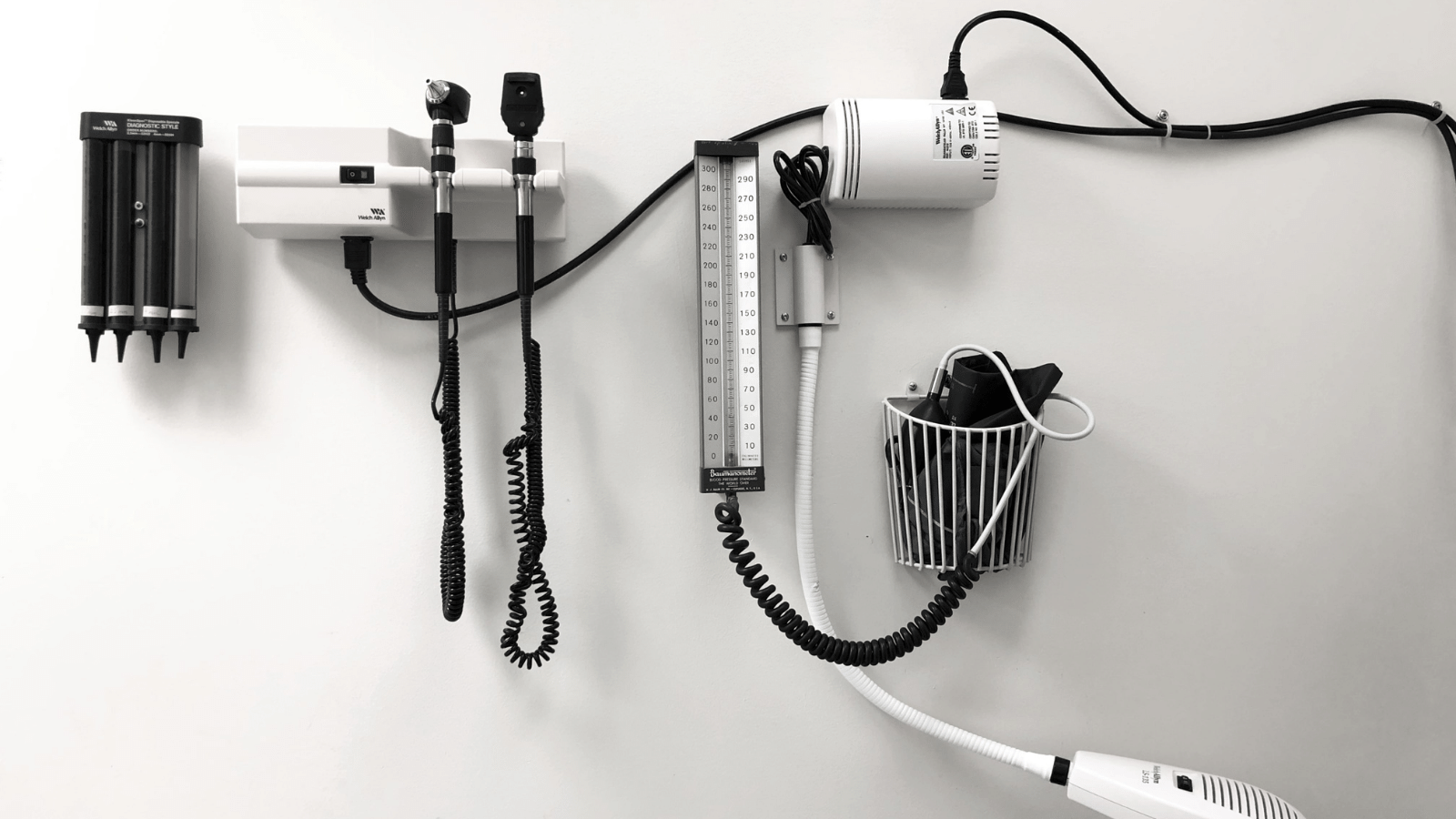As the role of Medical Affairs evolves and expands, so does its value.
Medical Affairs is often seen as a branch, but in many ways - it is the center. It connects internal and external stakeholders. It is the bridge between health care providers, patients, and internal scientific and commercial partners.
Medical Affairs drives its value from unique scientific and medical expertise. Through scientific knowledge and clinical experience, MA generates real-world evidence (RWE), insights, peer-to-peer relationships, and educational opportunities for health care providers and stakeholders, which all improve patient outcomes.
In terms of value, the challenge for MA has not often been in the delivery, but in the demonstration. There are many traditional qualitative impacts made by Medical Affairs, such as stakeholder education, which can sometimes be left to interpretation. Qualitative measures of value will always have an impact, but what are the quantitative metrics that can demonstrate Medical Affairs' value on a continual, if not automated basis?
In this regard, comparisons are often drawn between Medical Affairs and the two other strategic pillars of pharma: R&D and Commercial. These focus on established metrics that measure the effectiveness of research and commercialization strategies, which has not always been available to MA. To change this, strategic leaders have recommended metrics that evaluate the performance and effectiveness of MA. Some of these include:
- Creating qualitative metrics that measure the impact of actions taken
- Evaluating KOLs based on “reach, relevance, and resonance”
- Monitoring metrics and implementing feedback
- Aligning metrics based on the audience
Value-driven insights that demonstrate direct global and local impact is key for MA. While metrics and goals will vary internally across organizations, there are some important questions to ask as strategies are established:
- Process - What will be the long-term strategy and process for demonstrating Medical Affairs' value?
- Agility - How can Medical Affairs continuously adapt to meet external, internal, and patient needs?
- Alignment - How can Medical Affairs continuously align its goals and metrics to the organization?
There is one major solution: innovation through technology.
Just as other life sciences functions utilize digital tools to improve productivity and outcomes, there is a new opportunity for MA to utilize platforms specifically designed for their functions. An AI-powered Medical Affairs platform offers many capabilities. One platform that centralizes insights across external and internal sources is a key tool for demonstrating the value of Medical Affairs, especially as the volume of data and content rises each day.
.png?width=940&name=Challenges%20facing%20Medical%20Affairs%20Teams%20(11).png)
What are the benefits of using an insights platform to demonstrate the value of Medical Affairs?
1. Automating and Augmenting
There are many manual tasks involved when it comes to collecting, monitoring, and reporting metrics. These can be burdensome and time-consuming. Ultimately, it takes time away from the value-driven actions these figures are reporting on.
When it comes to demonstrating MA value, a long-term approach is crucial. When establishing this approach, MA should consider how to best optimize the process to save time and minimize cost. Medical Affairs AI-powered platforms can both automate and augment many repetitive processes. They can alleviate the data logging burden with auto-tagging and classification. Centralized dashboards that provide visual insight into metrics can also save time and provide key indicators of value and trends. Reports can be automatically generated with just a few clicks in both PDF and PPT format.
As more internal and external interactions take place in a virtual environment, having an insights platform can save time and provide cost-effective solutions across the organization. Implementing new technology in medical affairs can have numerous benefits.

2. Taking an Agile Approach to Value
When it comes to demonstrating value to KOL and HCPs, personalization is more important than ever. As personalization becomes a higher priority, there are also time-consuming constraints. With the right digital tools, MA professionals can set AI-powered parameters that output relevant information to the right stakeholders at the right time.
Features like auto-summarization, sentiment validation, and tracking by HCP roles, drug agents, disease state, product, specialty, region, and strategic imperative deliver insights in a strategic way. It enables MA professionals to adjust to changing trends and needs, taking an agile approach to insight. MA can deliver and act on insights in an effective way. They can output reports with just a few clicks - providing reliability, transparency, and value.
These capabilities are a companion to Medical Affairs. They do not eliminate the need for an expert.
In fact, it’s critical that experts provide oversight of this data. When augmented with AI capabilities, the value of MA expertise is just as important as ever. The difference is that now MA professionals are able to make more data-driven decisions, quicker. They can be as agile as possible.
An insights platform can close information gaps between external and internal stakeholders, as well as patients. It can provide direct links between clinical results and patient outcomes, as well as monitor feedback from HCPs and patients in online and offline formats. With an abundance of data across the industry, it is more important than ever to consider how to centralize data across sources and have the ability to act on it quickly.

3. Aligning Goals Across Organization
In order to best demonstrate MA value, it is critical to be aligned with the strategic goals of stakeholders. The potential to stay aligned is limited with disparate systems that do not provide a full view of data and trends across levels of the organization. As such, it’s important to have the ability internally to access a centralized system of data that pulls together the many types of content that MA uses to drive strategy and decision-making. An insights platform streamlines this process, reduces dependencies on multiple channels, and allows levels of the organization to come together to drive strategy and impact.
Centralized visualization.
Sorcero’s centralized Medical Insights Management dashboard extracts relevant information and trends from across your MSL team. Unstructured text is automatically smart-tagged and contextually evaluated for rank and sort order. Filters can also be applied, including product, specialty, region, and strategic imperative. A validation workflow is applied to provide recommendations for adjudicating insights versus observations and to suggest the next best actions.
Medical Affairs can reduce insight reporting time from months to minutes to inform stakeholders in near real-time with more context and less bias.
Hear from Medical Affairs professionals and learn more in our upcoming webinar: Medical Insights Management: Better Insights Faster
In this webinar, we will explore how effective Medical Insights Management can empower your team, augment expertise, demonstrate medical affairs value, and improve patient outcomes.
Panelists include:
- Shauna Aherne, President of MedEvoke
- Richard Graves, Chief Commercial Officer and Co-founder of Sorcero
- Michael Kahn, Senior Director of Medical Affairs Operations at Spark Therapeutics
- Matt Lewis, Global Chief Medical Analytics and Innovation Officer at MEDiSTRAVA
- Jeff New, Director, Digital Innovation and Excellence at Novartis Gene Therapies
- Kirk Shepard, Chief Medical Officer and SVP of Global Medical Affairs OBG at Eisai, MAPS Co-founder
Register for the free webinar today and learn more about the impact of Medical Insights Management on Medical Affairs.
.png?width=300&name=AI%20In%20Medical%20Affairs%20Webinar%20(4).png)

